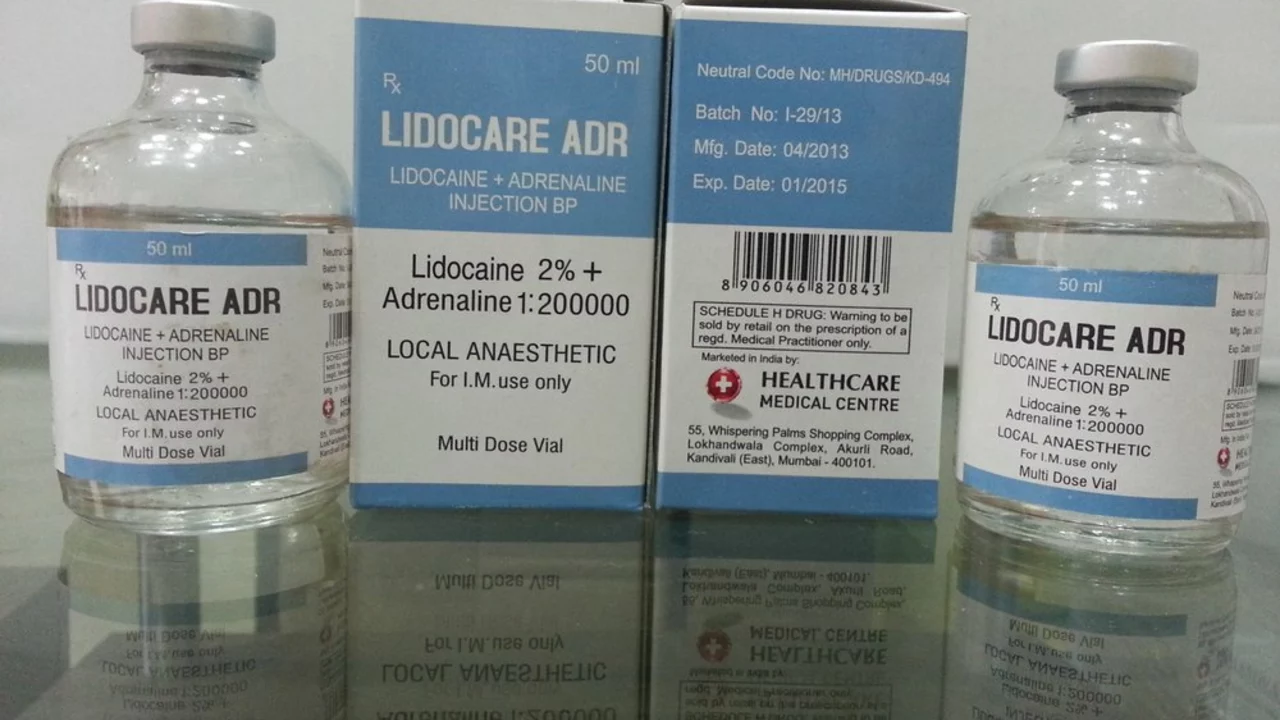Lidocaine: What It Does and How to Use It Safely
Lidocaine is one of the most used local anesthetics around. You know it as the numbing cream at the pharmacy, the patch for back pain, or the injection dentists use. It works fast, but like any medicine, it needs sensible use.
Why pick lidocaine? Because it blocks nerve signals where applied. That makes it ideal for small procedures, removing stitches, dental work, relieving localized nerve or joint pain, and short-term relief from burns, insect bites, or skin irritation.
Common forms and how to use them
Creams and gels: Typical OTC creams are 2% lidocaine, while some prescription products mix lidocaine with prilocaine. Apply a thin layer to clean, dry skin. Don’t use on large damaged areas or open wounds unless a doctor says so.
Patches: Many patches contain 5% lidocaine (for example, lidoderm-style patches). Follow label directions — most patches are worn up to 12 hours and then removed for 12 hours. Don’t cut medicated patches unless the product instructions allow it.
Injections: Used by healthcare professionals for local or regional anesthesia. Never try to inject yourself. If you’re getting an injection, tell the clinician about heart problems, liver disease, or other medicines you take.
Safety, max doses, and warning signs
Safe dosing matters. Adults: a common guideline is up to 4.5 mg/kg without epinephrine (usually capped about 300 mg total). With epinephrine, some sources allow up to 7 mg/kg (capped near 500 mg). These numbers are for medical teams to use; don’t try to calculate new doses on your own at home. Children need lower doses — always check with a pediatrician.
Watch for signs of lidocaine toxicity: dizziness, ringing in the ears, a metallic taste, numbness around the mouth, confusion, tremors or seizures, and heart rhythm changes. If any of those appear after using lidocaine, stop use and seek medical help.
Other cautions: avoid heavy use on infants and very young children unless directed by a doctor. Tell your provider if you have liver disease, heart problems, or take other heart or antiarrhythmic medicines. Pregnant or breastfeeding? Ask your clinician before using lidocaine products.
Storage and practical tips: keep creams and patches out of reach of kids. Wash hands after applying creams unless your hands need numbing too. Do not cover large skin areas with occlusive dressings unless the product says it’s OK.
Want a safer choice? Ask your pharmacist which strength suits your need. For persistent pain or repeated procedures, talk with your doctor about alternatives or proper dosing. Lidocaine is useful and safe when used the right way — simple caution goes a long way.
In my recent research, I discovered the versatility of Lidocaine in medical practice. It's primarily known for its local anesthetic properties, providing relief during minor surgeries and dental procedures. Additionally, Lidocaine is used in treating irregular heartbeats, reducing the risk of further complications. I also found its use in the management of chronic pain, particularly for patients suffering from neuropathic pain. It's amazing how one medication can have such diverse applications, enhancing patient care and comfort in various medical situations.
